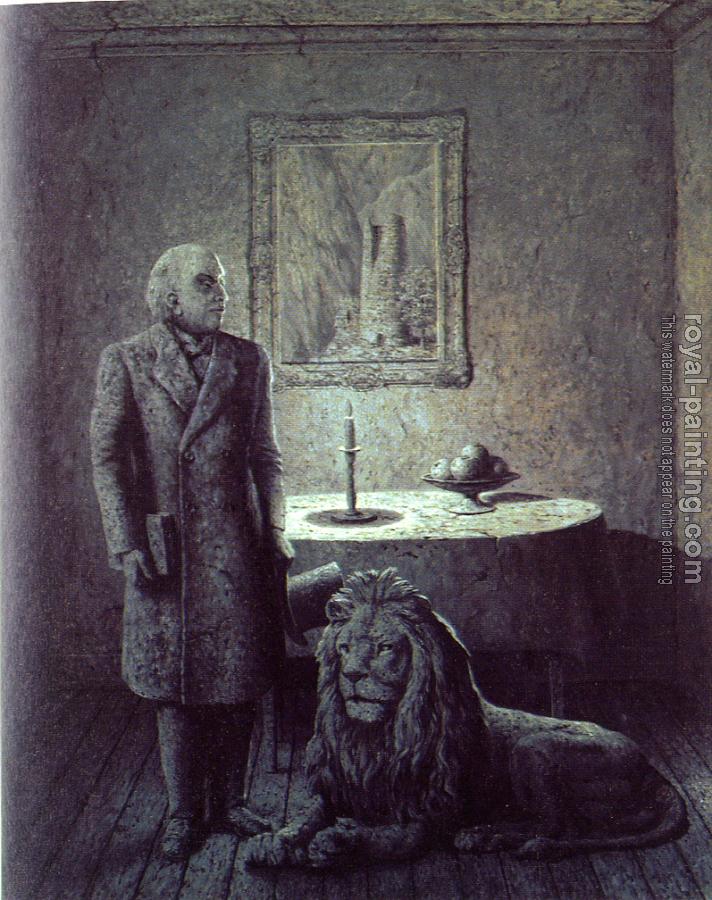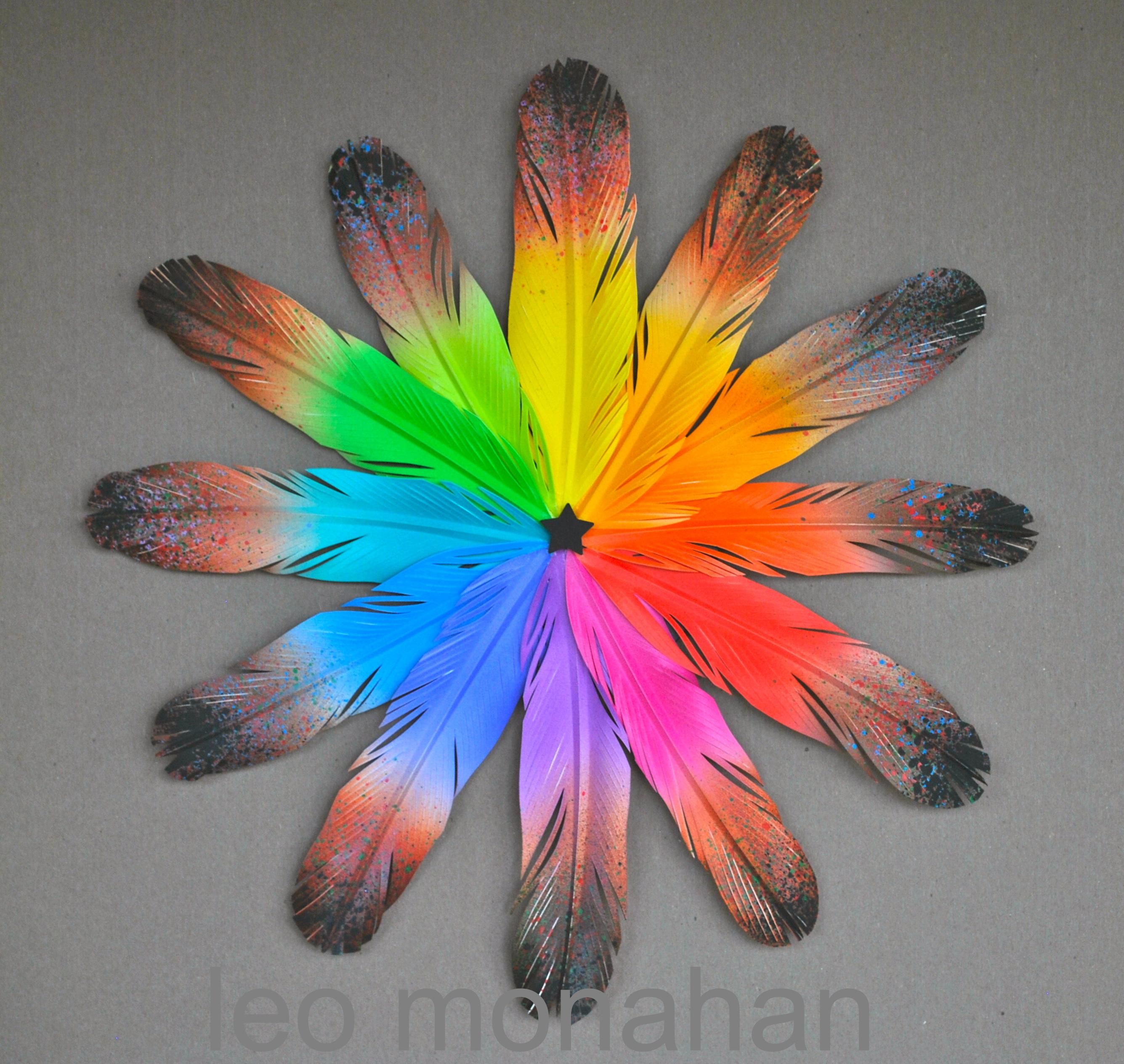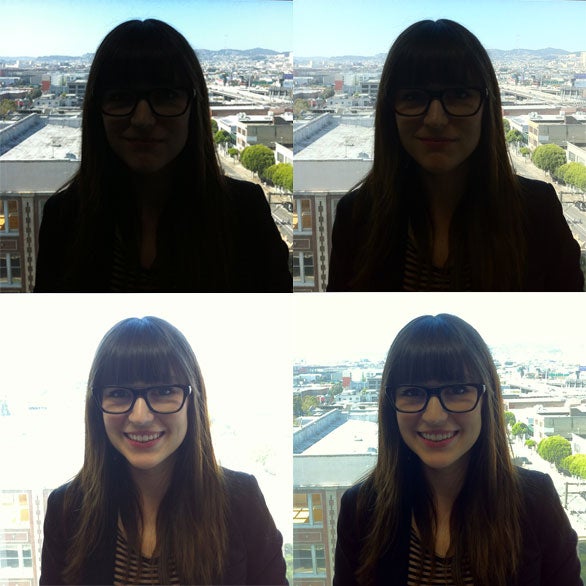Alex experimental work
background coloured to remove the handle of the door. the settings on the camera were used for the experimental pinhole images, see below.
happy with the above picture as i wanted the light to fall on the face only. the black door was used for the background.
1b-, hair colour, eyes, eye shadow, lip colour and blusher has been changes
1c-, hair colour, eyes, eye shadow, lip colour and blusher has been changes


the top two images show a regular before HDR (left) and after HDR (right) back lit portrait. The bottom images show a before and after of an HDR image taken after tapping to focus on the subject's face.
background coloured to remove the handle of the door. the settings on the camera were used for the experimental pinhole images, see below.
happy with the above picture as i wanted the light to fall on the face only. the black door was used for the background.
this image is slightly litter than the above because sometimes when it comes to printing the darker picture does not print so well.
original pinhole exposure which was processed in HDR
original pinhole exposure , no changes made to the above image.
Was pleased with settings but the images was blurry so ned to work on that. However, was expecting a
fish eye image but it was not maybe if i did a building or stairs it may work better.
1a
original slightly less light on the face than the one below.
letter and colour wheel opposite colour experimental work.
Colours have been changed. Found that opposite colours may work better on food than people or for advertisement to remind you of food wrappings.
I think if the all the images of the letters were of same colour tone may work better.
This above image, all the colours have been changed the eyes, hair lip colour etc, and then it went into HDR procces. The yellow of the background light with purple works good as they are the opposite colours in the colour wheel and the trouser was black at the start. They is some noise on the yellow background that can be removed but, i liked it because it gives a thick paining texture.
If the model is wearing light outfit its easy to change the colours than if the model had black hair.
1a
hair colour, eyes, eye shadow, lip colour and blusher has been changes known as HAND -COLOUR, the same treatment can be on a old black and colour image.
The background colour has also changed to a cooler lavender.
3 more example are below.
1b-, hair colour, eyes, eye shadow, lip colour and blusher has been changes
1c-, hair colour, eyes, eye shadow, lip colour and blusher has been changes
1d-, hair colour, eyes, eye shadow, lip colour and blusher has been changes
these above image and below were in brown and white shades and colours to the cheeks, eyes and lips have been painted on. The colours are only there top and below of the picture as very old pictures usually are damaged on the edges.
research
Abstract, colour has been changed and went into HDR
Tried to create a 3Dimage embossed metal, (see below) used a few keys in photoshop and used Dodge & Burn to add highlights and shadows. pleased with the results but feel need to look and more real painting to see were the shadows and were light falls on the pictures.
photographer MARI HAHR
Could not find any information on how the image was created by the artist.

the above is by maritte
image - memory of a journey 1955
this is a experimental taking the above into account
image -processed, EMBOSS
(Photoshop, filter-sterilizer-emboss)
THEN IT WENT FURTHER INTO HDR
see below
image -processed, EMBOSS
(Photoshop, filter-sterilizer-emboss)
1)image -processed, EMBOSS
(Photoshop, filter-sterilizer-emboss)
2) HDR BUT NOT THE PLANE
I did the above image by taking into account the image below but as i had less time I did and easy pictures as i did not haqve much time, but will take it further at a later stage
inspiration and research
MAGRITTE IMAGES
https://hss.adelaide.edu.au/philosophy/inconsistent-images/magritte/Le_blanc-seing.jpg 21.10. 2014
two above are abstracts
there is more noise in the images because photomatix was not working and the HDR in Photoshop does not remove noise so well. However, i like the above background texture more than the one below.
yacht wrapped in a bubble of water above and slightly less water in the image below.
BELOW USWING OPPSTISE COLOUR WHEEL COLOURS
feel opposite colour may work better with food or with images to remind people of food.
abstracts using flow of water images
http://www.leothecolorman.com/wp-content/uploads/2012/10/Feather-Color-Wheel-for-Website.jpg
1st oct 2014
image taken at the cannock chase of the open bark with moss. the reason i took this images was the way it was split at near the roots yet it was living and how life is important to any living thing and maybe the branches and the leaves are one whole family.
what i like about it -mthe colours, the texture, the shape, the outer bark texture and this tree may be a one off.
process it in HDR has not been cropped
close up of the above image,more of a abstract.

MAGRITTE IMAGES
https://hss.adelaide.edu.au/philosophy/inconsistent-images/magritte/Le_blanc-seing.jpg 21.10. 2014
the top two images show a regular before HDR (left) and after HDR (right) back lit portrait. The bottom images show a before and after of an HDR image taken after tapping to focus on the subject's face.
http://en.wikipedia.org/wiki/Hand-colouring_of_photographs
Assignment 1
|
Experimental: Produce Experimental Imagery
|
This
assignment covers
Grading Criteria 1,2, 3 & 4 of Unit 32: Experimental Imagery in Photography and Unit 2: Materials
Techniques and Processes in Art & Design
[See Grading
Criteria section for details]
|
|
The purpose of this assignment
is to:
Develop an understanding of experimental techniques and ideas in
photography.
|
|
Scenario:
Artists and
designers use technology, both new and traditional, to push the boundaries of
image making, by exploring new ways to use materials, techniques and
subjects. Diverse photographic media have often been brought together with
this aim. This approach is considered a valuable and creative means of
communicating intentions.
You are
required to explore on or more ‘experimental’ techniques from the list below.
Once you have researched both the technique and the work of other people
using a similar technique, you will need to present at least 8 photographs as
well as an analysis of the work you have produced.
|
|
The Brief:
You have been asked
to participate in an exhibition of experimental photography. For this
exhibition, the organisers have asked artists to submit at least 8 images
showing experimental imagery. 4 of these are to use HDR (at least one using
bracketing) and the other 4 images to use other experimental techniques.
You can choose from
one of the styles/techniques below or use one of your own. You may even
produce a final set which explores a range of techniques, but each technique
needs to include some research.
HDR,
hand-colouring, posterisation, sabattier, infrared, digital (image
manipulation, 3D software, projection onto fabrics, buildings, sequences,
moving image, installations, interactive, collaborative), pinhole, exposure
effects, multiple exposure, night exposure, lighting techniques, strobe,
mixed projection lighting.
Note: the
emphasis in this assignment is on experimentation. This involves testing and
developing the skills, evidence of which needs to be supplied.
|
|
Task 1
|
Ideas, research and test techniques (U32: P1, P3, M1) (U2:P1, M1,
M2)
|
Completion Date: 2nd
October
|
·
Research
Look at the work of at other
photographers to give you some ideas about the sort of images you want to
make. You will need to select at least one image for each of the 4 techniques you will choose.
o Research the techniques and experiment
with it. Keep a record of your work and it’s probably a good idea to note
down your thoughts as you go.
o Once you have an idea of what you need to
do, plan out you project i.e. where and when you will go, computer settings
etc.
o Create a Blogger entry for each of the techniques. You need to
title each entry beginning with the word ‘Experimental’ for easy
identification.
|
||
Task 2
|
Create images and make selection (U32: P2, M1) (U2: P2, M2)
|
Completion Date: 16th
October
|
·
Resources
o Take some exploratory photographs to
develop the skills you need. Keep all stages of experimentation and annotate
each stage. Failures are as important as successes at this stage.
o Produce a set of final images
o Upload your experimental and final work
onto your Blog
|
||
Task 3
|
Review own work produced
(U32, P3, P4, M2, D1) (U2: P3, D1)
|
Completion Date: 23rd
October
|
· Reflect on the
whole process. This will include your inspirations and also your plan and the
images you have chosen.
· Evaluate the
process – what could have been better?
Did the work of the practitioners you looked at help you with your
project? Did anything change during the project?
·
Evaluate the images – how good are they? Did they
meet up to your expectations? How do they compare to the work you have looked
at?
· Discuss the
techniques you have used e.g. you may want to look at what people have
said about HDR – it is an exciting recent development and there are many
people for and against
|
||
Assignment evidence
|
Tick when complete
|
|
Task 1
|
Blog section which may include:
·
Records of the research on the work of other
practitioners and techniques where applicable
·
Annotated printouts of the work of other
practitioners
·
technical information i.e. any
settings/controls used
|
|
Task 2
|
·
plans and schedules
·
contact sheets where applicable
·
stages of experimentation and final images
·
any supportive information regarding the
process/techniques you have used
|
|
Task 3
|
·
reflection on the whole process
·
discussion about the techniques used
|
|
Note
|
Final mages must
be supplied on CD/DVD/ USB/ Moodle upload and a printout of your Blog
|
|
All of the
above Tasks will provide the necessary evidence for:
·
Unit 32: Experimental
Imagery in Photography - P1,M1,D1 & P2,M2 & P3,P4 and
·
Unit 2: Materials,
Techniques and Processes in Art and Design
|
||
Unit 32: Experimental
Imagery in Photography
|
||
To achieve a pass grade the evidence must
show that you are able to:
|
To achieve a merit grade the evidence must
show that, in addition
to the pass criteria, you are able to:
|
To achieve a distinction grade the
evidence must show that, in
addition to the pass and merit criteria, you are able to:
|
P1 explore and test techniques,
materials, processes and media
(Task 1)
|
M1 effectively and coherently
explore and test techniques,
materials, processes and media to meet intentions
(Task 1, 2)
|
D1 independently and
imaginatively review evaluate and develop innovative outcomes.
(Task 3)
|
P2 create images through selecting
techniques, materials and processes to meet their intentions.
(Task 1) |
M2 effectively analyse
developmental work to implement purposeful outcomes.
(Task 3)
|
|
P3 discuss experimental imagery in
photography
(Task 1, 3)
|
||
P4 evaluate and refine
developmental work to produce outcomes (Task 3)
|
||
Unit 2: Materials,
Techniques and Processes in Art and Design
|
||
To achieve a pass grade the evidence must
show that you are able to:
|
To achieve a merit grade the evidence must
show that, in addition
to the pass criteria, you are able to:
|
To achieve a distinction grade the
evidence must show that, in
addition to the pass and merit criteria, you are able to:
|
P1 explore materials,
techniques and processes safely
(Task 1)
|
M1 show considered understanding of the characteristics and uses of
materials,
techniques and
processes
through in-depth
investigation
and producing
diverse
experimental work
(Task 1)
|
D1 use analysis,
evaluation
and experimental
techniques
perceptively to
develop work that recognises the full potential and limitations of materials,
techniques and processes.
(Task 3)
|
P2 use materials, techniques
and processes
(Task 2)
|
M2 carry out
purposeful analysis and application of materials, techniques and processes.
(Task 1)
|
|
P3 evaluate the
suitability of selected materials, techniques and processes at relevant
stages of the
process.
(Task 3)
|
||
Assessment and grading criteria
On completion of Task 1 you should:
Be able
to explore and test techniques, materials, processes and media
|
On completion of Task 2 you should:
Be able
to create images through selecting techniques, materials processes and media
to meet intentions
|
On completion of Task 3 you should:
Be able
to evaluate and refine developmental work to produce outcomes
Understand
experimental imagery in photography
|
Suggested sources of
information
Textbooks you may want to look at
Failing P – Abstract Color Photographs: Arthur
Grossman (University of Washington Press, 1998)
ISBN 978-7805863009
Fawcett-Tang R – Experimental Formats 2: Books,
Brochures, Catalogs (Rotovision, 2008)
ISBN 978-2888930235
Frost L – The A-Z of Creative Digital Photography
(David and Charles, 2006) ISBN 978-0715322994
Hedgecoe J – The Photographer’s Handbook (Ebury
Press, 2000) ISBN 978-0679742043
Ingledew J – Photography (Laurence King,
2004) ISBN 978-1856694209
Kelby S – The Digital Photography Book Volume 2 (Peachpit
Press, 2008) ISBN 978-0321524768
Renner E – Pinhole Photography (Focal Press,
2008) ISBN 978-0240810478
Journals
Aperture - Art Monthly – Jack Wendler - Artforum International
British Journal of Photography – Incisive Media
Camera International - Creative Camera - Creative
Photography
Creative Review - Dazed and Confused - Emulsion
Lifts and Creative Techniques
Insight - Portfolio
Websites
en.wikipedia.org/wiki/Henri_Cartier-Bresson
www.bjphoto.co.uk British Journal of Photography
www.eastmanhouse.org George Eastman House:
International Museum of
Photography and Film
www.karenbrett.com
www.lauriecampbell.com One of Britain’s top wildlife
and landscape
photographers
www.masters-of-photography.com Photographers such as
Man Ray, Ansel Adams, Diane
Arbus, Walker Evans; Victorian portraits; New York
street photography; images of the Ethiopian famine
www.nmpft.org.uk National Museum of Photography Film
& TV
www.npg.org.uk National Portrait Gallery
www.npg.siedu/exh/cb/index.htm Portraits by Henri
Cartier-Bresson of Coco Chanel,
Truman Capote, and William Faulkner
www.nypl.org/research/chss/spe/art/photo/photo.html
200,000 photographic images; a survey of processes
www.pbs.org/ktca/americanphotography American
Photography: A Century of Images – Public
Broadcasting Service
www.photonet.org.uk Photographers Gallery
www.sebastiaosalgado.com.br Sebastiao Salgado
www.womenphotographers.com
Women’s photographic portfolios
|
This brief has been verified as being fit for purpose
|
|||
Assessor
|
Alex Drozd, Richard Hamilton, Beth Wilkinson
|
||
Signature
|
Date
|
||
Internal verifier
|
|||
Signature
|
Date
|
||































































No comments:
Post a Comment